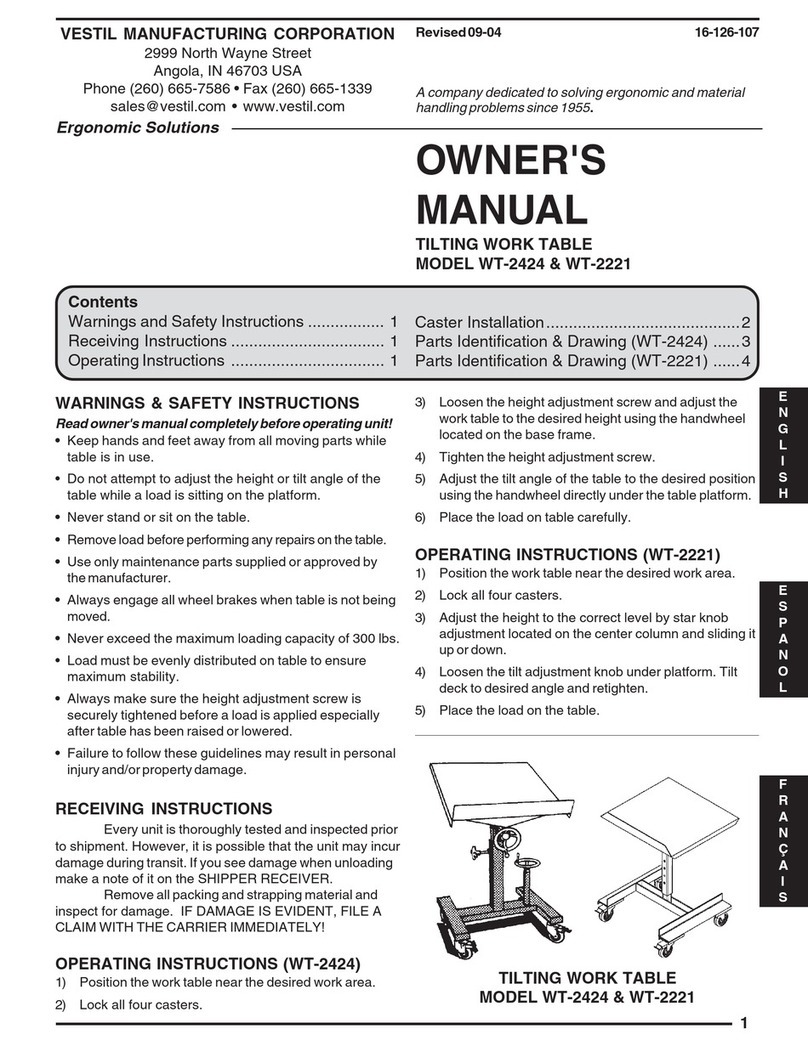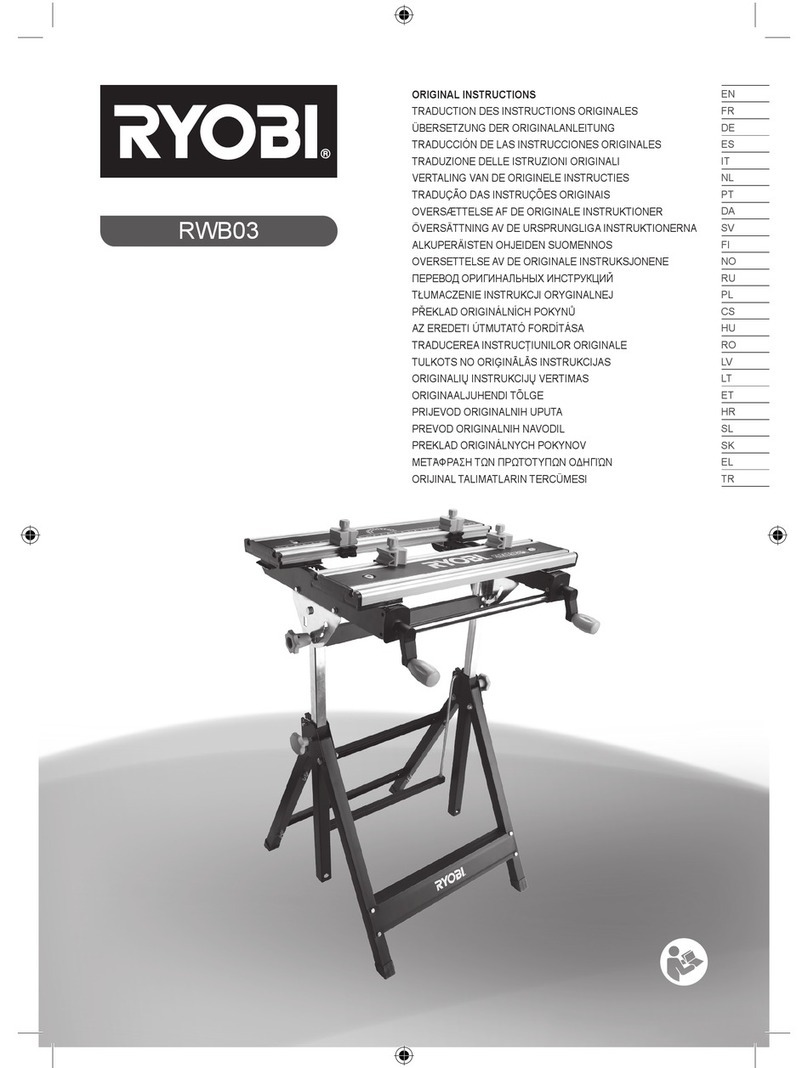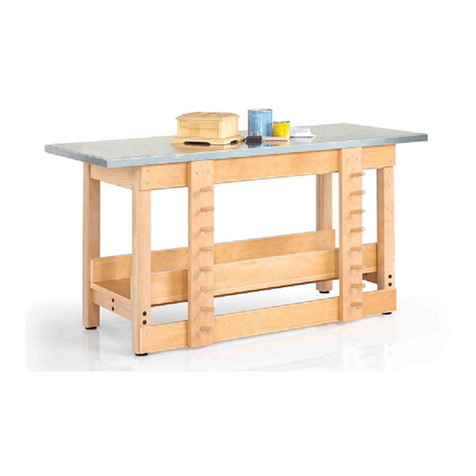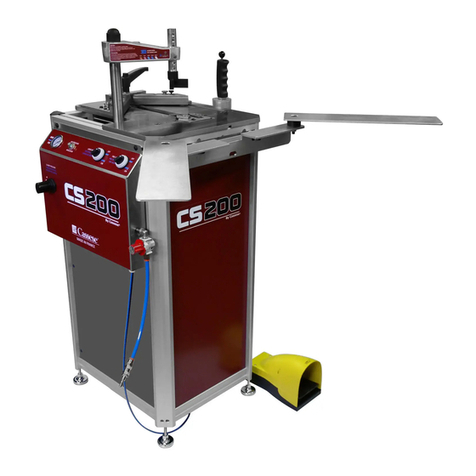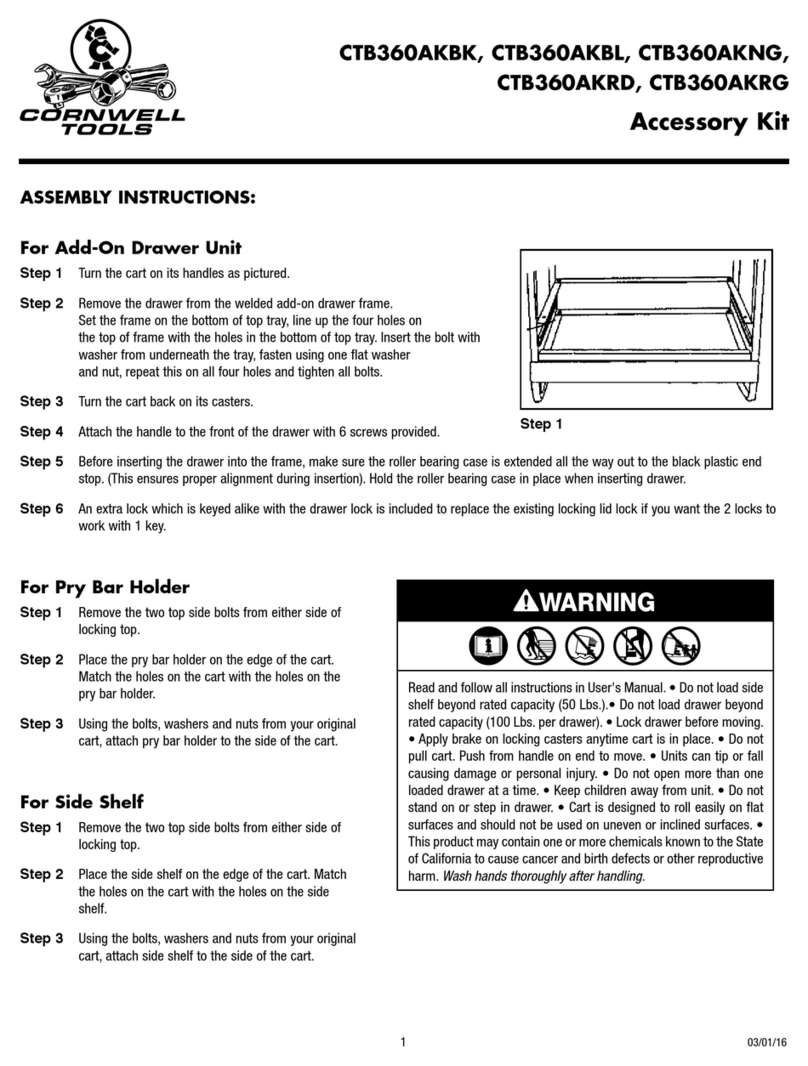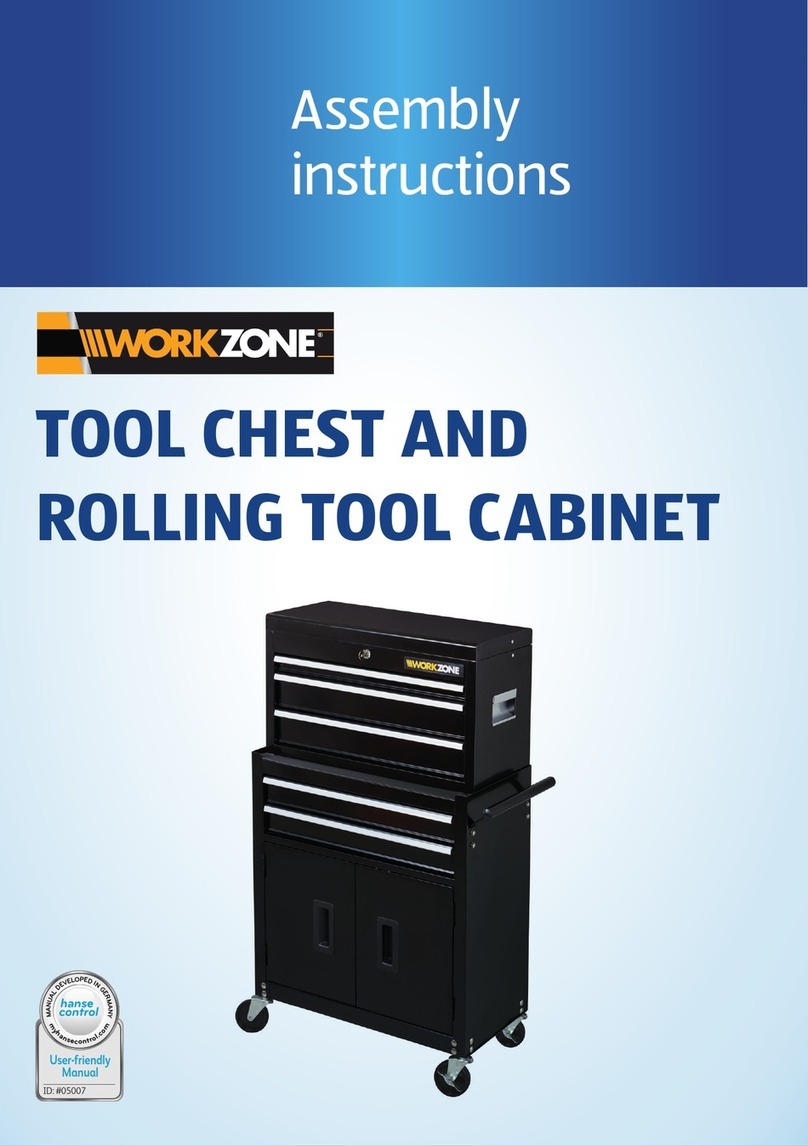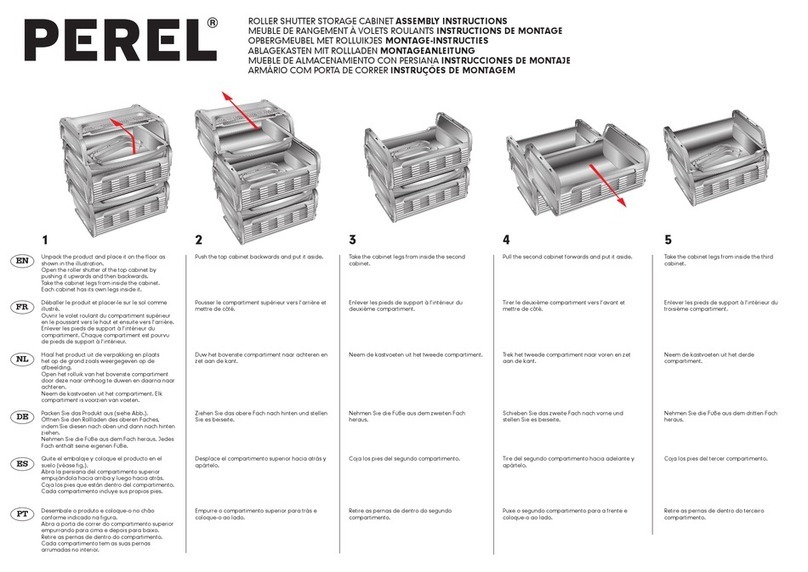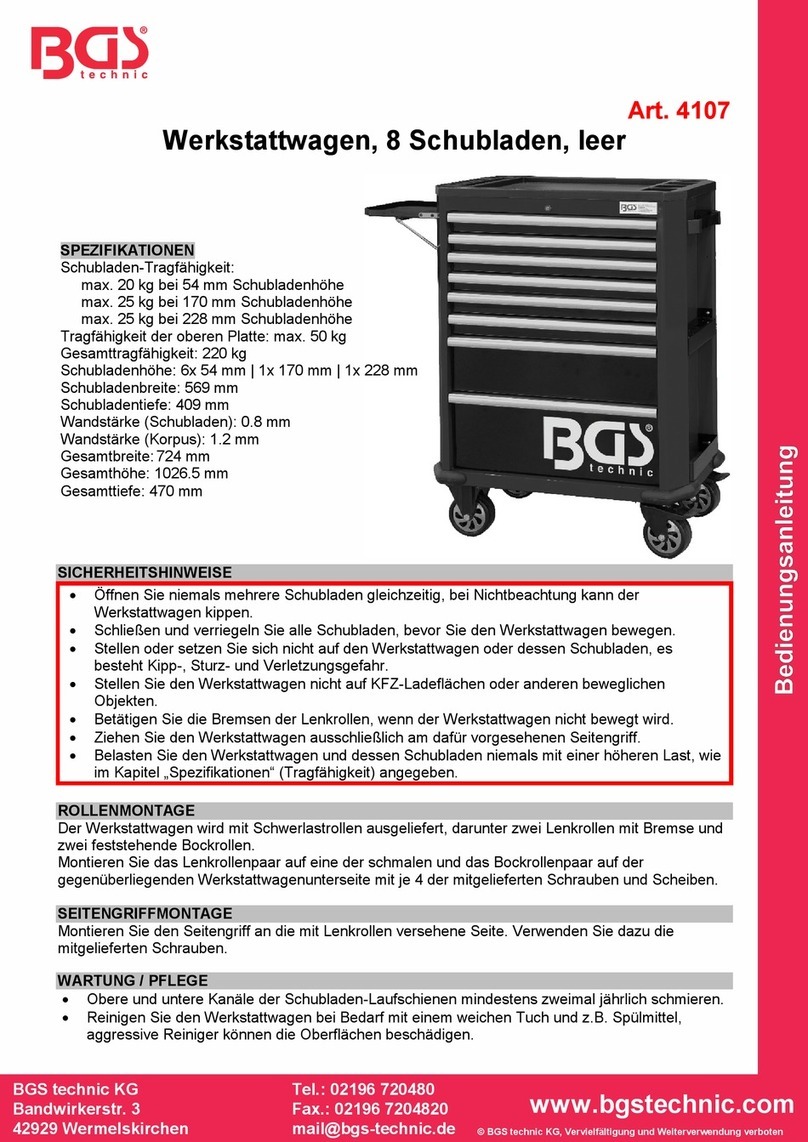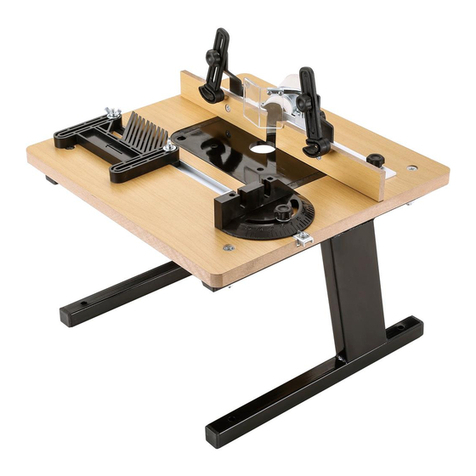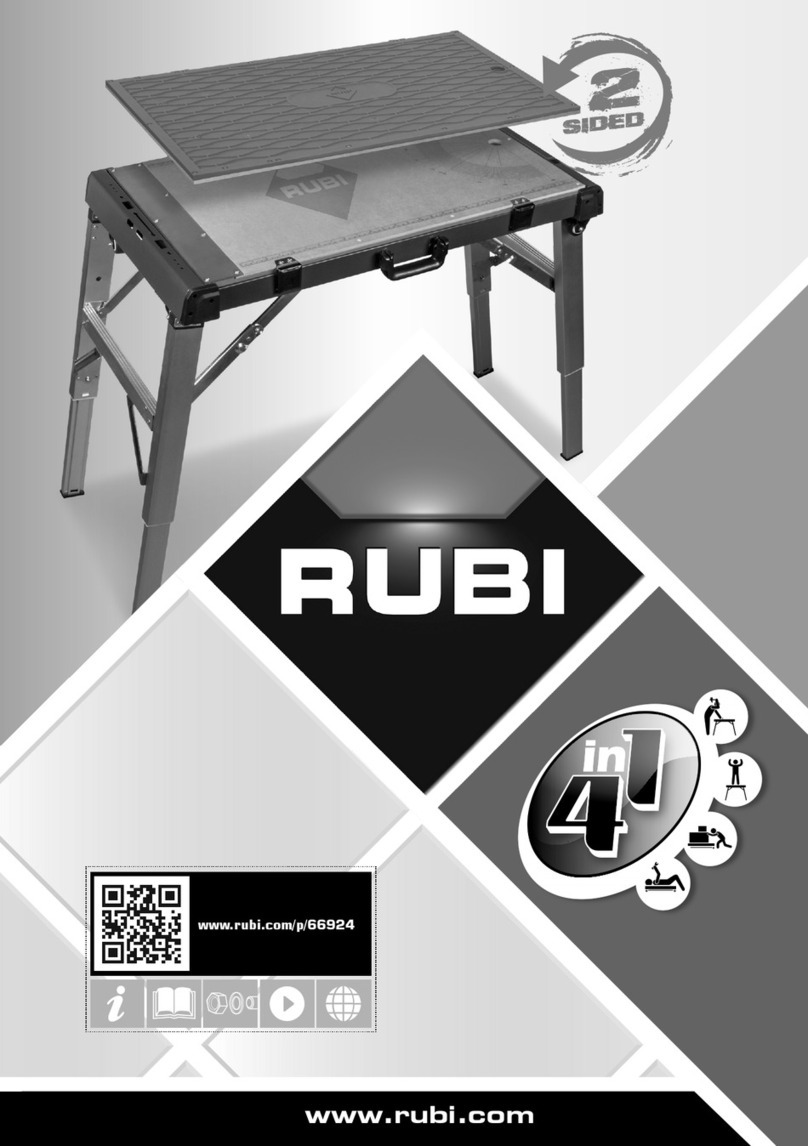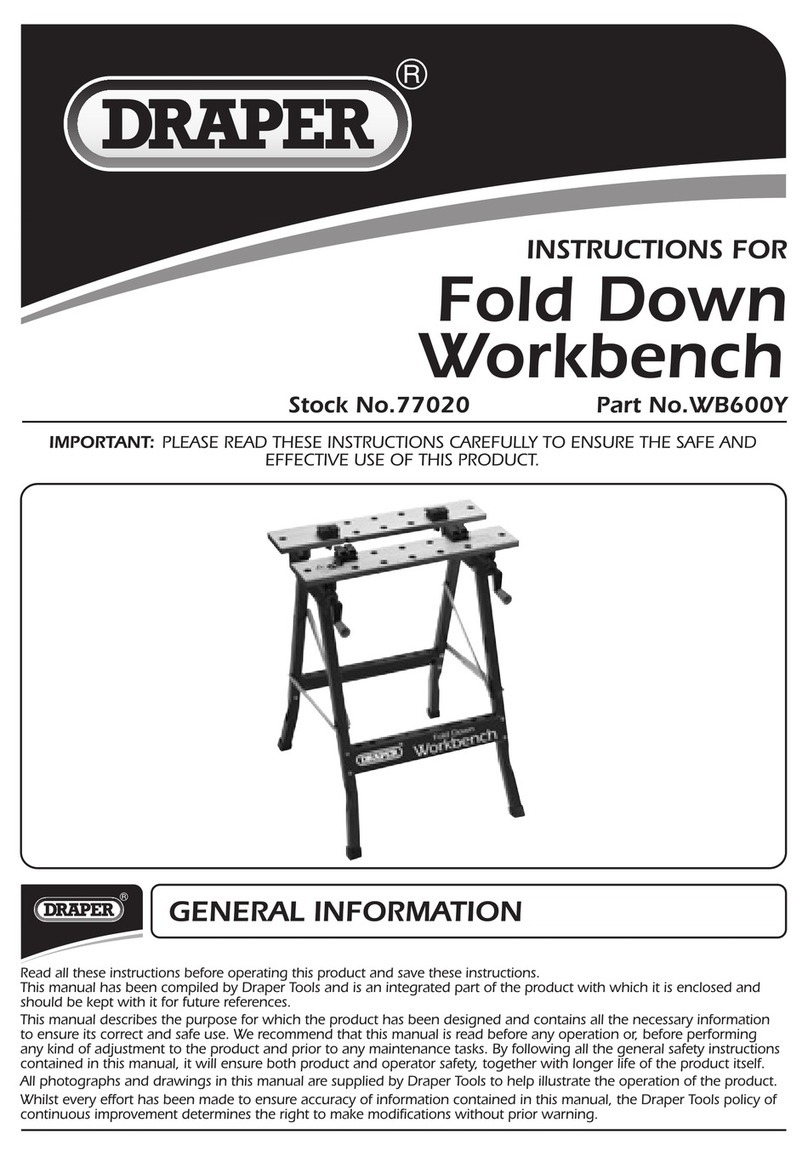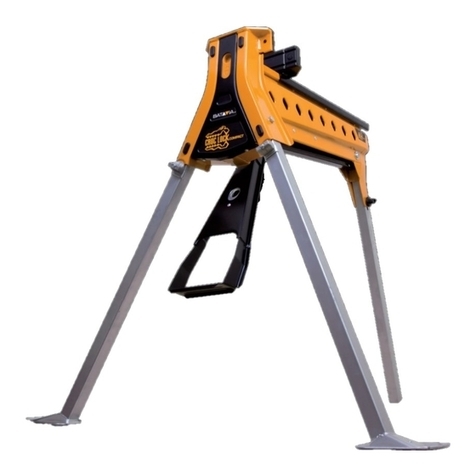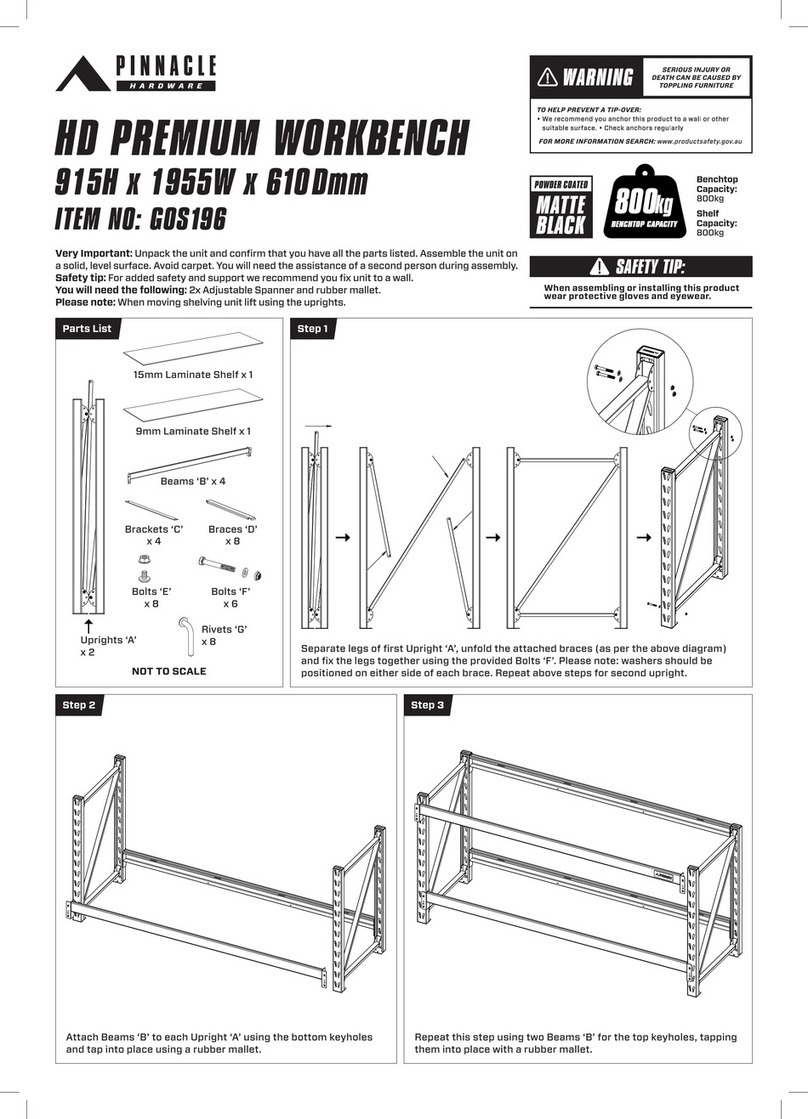2
BA_BM_ERGOPLAN-1-2-3_EN_46-21.docx
Table of Contents
1Introduction.............................................................................................................................................................4
1.1 Legal Notice.................................................................................................................................................................................. 4
1.2 Illustrations .................................................................................................................................................................................. 4
2Symbols ...................................................................................................................................................................4
2.1 General Symbols .......................................................................................................................................................................... 4
2.2 Symbols in Safety Instructions...................................................................................................................................................... 5
3General ....................................................................................................................................................................6
3.1 Advantages................................................................................................................................................................................... 6
3.2 Applications.................................................................................................................................................................................. 6
3.3 Target Group and Previous Experience ........................................................................................................................................ 6
3.4 Requirements for the Operators.................................................................................................................................................. 6
3.5 Accident Prevention..................................................................................................................................................................... 7
3.6 General Safety Regulations .......................................................................................................................................................... 7
3.7 Standard Equipment .................................................................................................................................................................... 7
3.8 Options and Accessories .............................................................................................................................................................. 7
4Safety.......................................................................................................................................................................8
4.1 Basic Safety Instructions............................................................................................................................................................... 8
4.2 Application Area and Intended Use.............................................................................................................................................. 8
4.3 Improper Use ............................................................................................................................................................................... 8
4.4 Consequences in Case of Disregard.............................................................................................................................................. 9
4.5 Conversions and Modifications of Ergoplan................................................................................................................................. 9
4.6 Load Distribution and Influence on the Nominal Load................................................................................................................. 9
4.7 Hazardous Areas ........................................................................................................................................................................ 10
4.8 Residual Risks............................................................................................................................................................................. 11
4.9 Observe the Environmental Protection Regulations .................................................................................................................. 11
4.10 Organisational Measures ........................................................................................................................................................... 12
4.11 Personnel Selection and Qualification - Basic Duties.................................................................................................................. 12
5Ergoplan Versions..................................................................................................................................................13
5.1 Ergoplan EP1 | FH with Work Bench Top ................................................................................................................................... 13
5.2 Ergoplan EP2 | FH with Work Bench Top ................................................................................................................................... 13
5.3 Ergoplan EP3 | FH without Work Bench Top.............................................................................................................................. 13
6Technical Specifications.........................................................................................................................................14
6.1 Manufacturer and Nameplate.................................................................................................................................................... 14
7Transport to the Installation Site...........................................................................................................................15
7.1 Unloading the Ergoplan.............................................................................................................................................................. 15
7.2 Requirements for the Installation Site ....................................................................................................................................... 16
7.2.1 Setting Up and Levelling.................................................................................................................................................. 16
7.3Temporary Storage..................................................................................................................................................................... 16
7.3.1 Short Term Storage ......................................................................................................................................................... 16
7.3.2 Long Term Storage .......................................................................................................................................................... 16
7.4 Lashing on a Transport Vehicle .................................................................................................................................................. 16
8Components and Controls.....................................................................................................................................17
